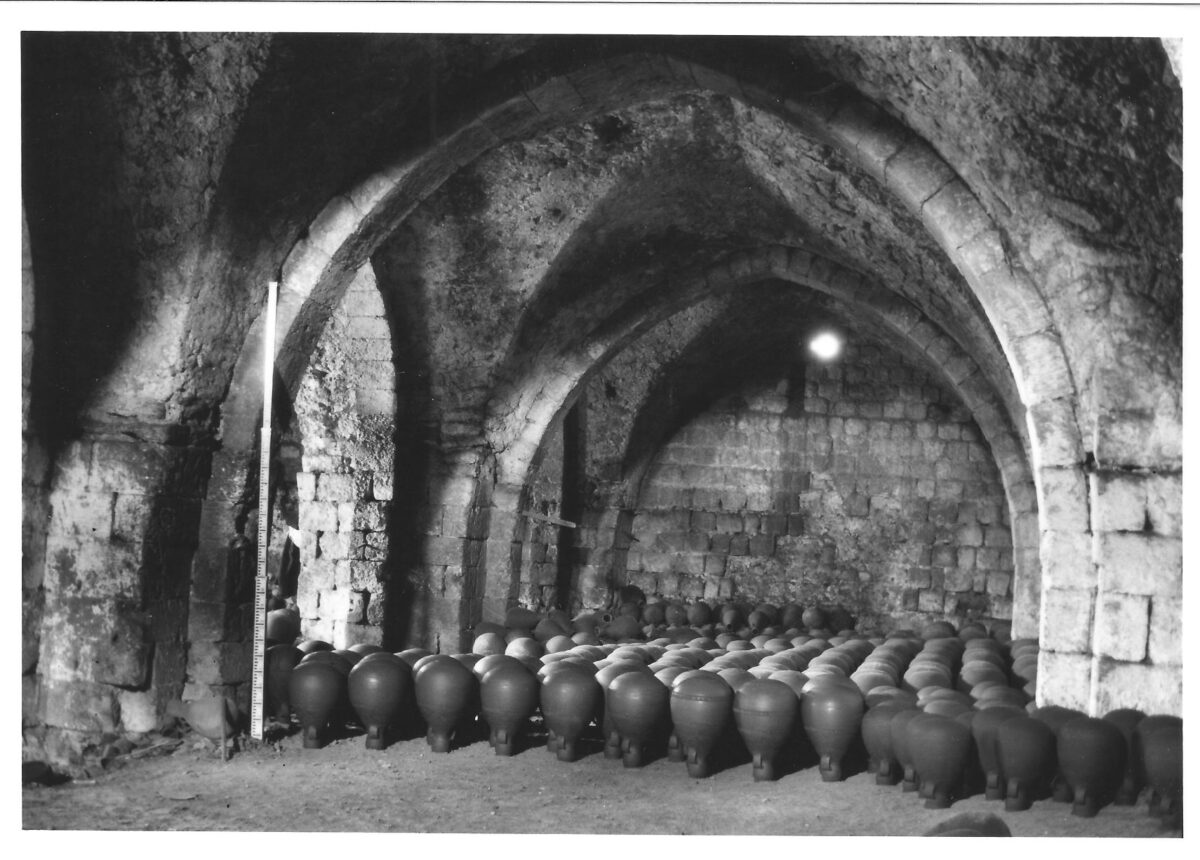This webinar will explore the history, archaeology and architecture of this historic city, located in central Israel. Ramla is significant because it was the only new city founded by the Muslim Arabs within Palestine and for a short period functioned as capital. From the eighth to the tenth century Ramla grew to be the most populous city in Palestine extending over a vast area with different quarters for Jews, Christians and Muslims. However, by the end of the eleventh century the city had fallen into decline and when the Crusaders arrived, much of the city was uninhabited. After the expulsion of the Crusaders, the city was rebuilt both as a staging post on the trade route between Cairo and Damascus and also the principal stop-over for Christian pilgrims travelling from Jaffa to Jerusalem. After the creation of Israel in 1948 the city once more fell into decline- a transition which has been captured in the best-selling book The Lemon Tree by Sandy Tolan.
About the speaker:
Andrew Petersen is Director of Research in Islamic Archaeology at the University of Wales Trinity Saint David. He studied medieval history and archaeology at St Andrews followed by an MPhil in Islamic Architecture at Oxford. His PhD at Cardiff University concentrated on the development of urban centres in medieval and Ottoman Palestine. He has worked in and carried out research in a number of countries of the Middle East and Africa including, Jordan, Iraq, Palestine, Turkmenistan, the UAE, Oman, Syria, Qatar, Kenya and Tanzania. He has also worked in British archaeology with a speciality in recording standing buildings. He is a member of the Institute for Archaeologists and a fellow of the Royal historical Society. He has published a number of books on different aspects of the architecture and archaeology of the Islamic world including most recently an edited volume on Ramla in collaboration with Denys Pringle.
About the discussants:
Richard Piran McClary is a Senior Lecturer in Islamic Art and Architecture at the University of York, and the Research Director of the British Institute of Persian Studies. has a PhD from the University of Edinburgh. His research focuses primarily on medieval Islamic architecture, from Anatolia to Central Asia, and on Iranian overglaze ceramics from the twelfth to fourteenth centuries. His first two monographs examined Rum Seljuq Architecture and Qarakhanid Architecture respectively, and his third monograph, currently in press, with be the first comprehensive study of mina’i ware. He is currently working on a project to examine lajvardina ware, and editing what will be the first major book on the use of stucco in Islamic architecture. He has conducted field work across West and Central Asia and has lectured extensively on Islamic art and architecture around the world.
Maher Y. Abu-Munshar is Associate Professor of Islamic History at Qatar University. He completed his PhD in 2003 in Islamic History at the University of Dundee. His teaching and research expertise lies in the areas of Islamic history, with a special interest in the history of Jerusalem, history of Muslim – Christian Relations and the Crusaders. He is the author of Islamic Jerusalem and Its Christians: A History of Tolerance and Tensions (IB Tauris Publishers, 2007 & 2013) as well as many articles on different aspects of Jerusalem, Islamic history, Christian-Muslim Relations and the study of Islam and Muslims. He is a fellow of the Higher Education Academy and the Royal Historical Society.
Webinar recordings
Watch the webinar on our YouTube channel or listen to the podcast.













